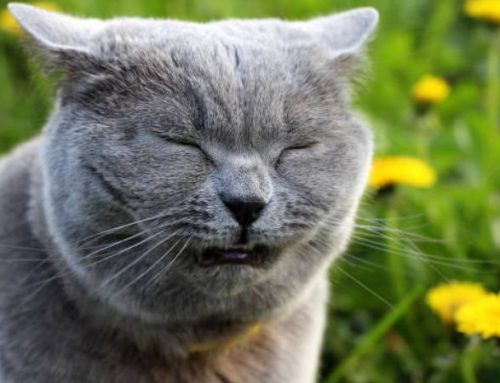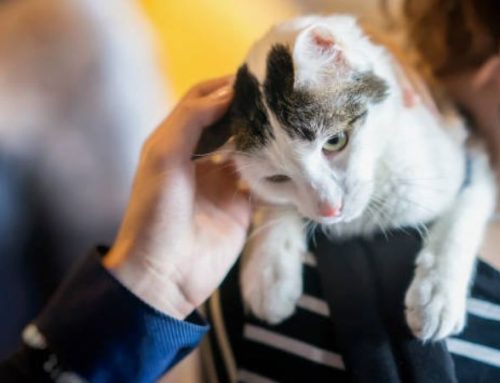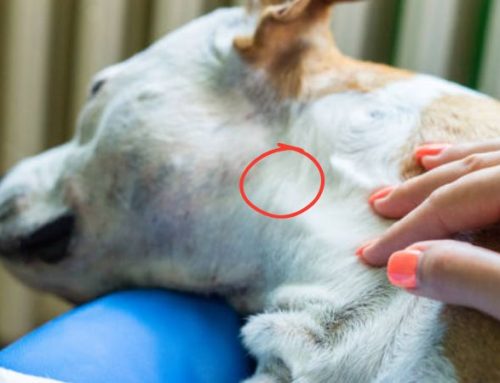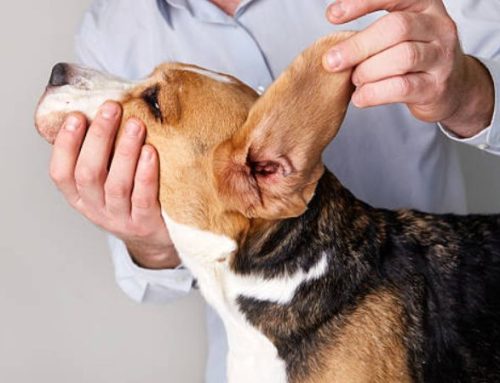Curious whether a single encounter is enough for your cat to start a family? Cats are surprisingly efficient when it comes to reproduction. In this section, Nexus-Pets breaks down the biology behind feline mating and explains whether one lucky—or unlucky—mating can lead to a litter of kittens.
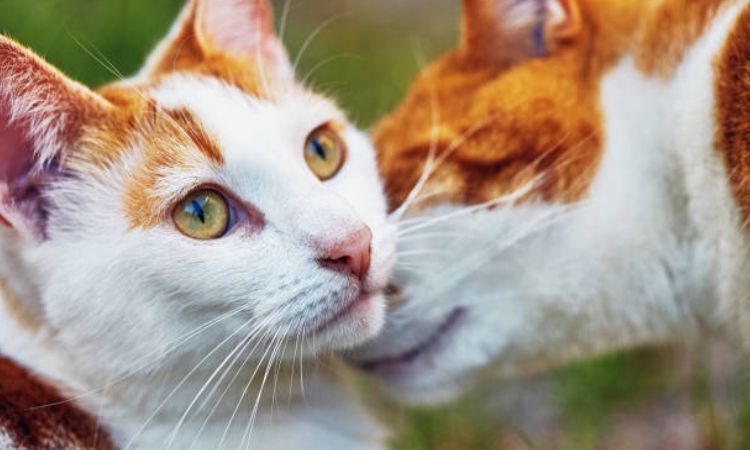
Probability of Pregnancy After One Mating
Female cats are what veterinarians call “induced ovulators,” meaning that the physical act of mating triggers the release of eggs from the ovaries. Because of this unique reproductive system, a single successful mating during a female cat’s estrus—or fertile—period can result in pregnancy. While mating multiple times within a short period can slightly increase the chance of conception, studies and veterinary observations confirm that even one mating can lead to a full-term pregnancy.
Other factors can influence the likelihood of pregnancy after a single encounter, including the female cat’s age, overall health, and timing within her estrus cycle. First-time mothers may have slightly lower conception rates than mature queens, but it is still possible for a young cat to become pregnant as early as four to six months of age if she goes into heat.
This reproductive efficiency is why unspayed female cats can produce multiple litters each year, sometimes up to four, with each litter containing three to six kittens on average. For cat owners, understanding the possibility of pregnancy after even a single mating underscores the importance of spaying to prevent unexpected litters and to protect the health of both the mother and her kittens.
Important Considerations
Cats can become pregnant from a single successful mating during their estrus (fertile) period, so it is crucial to act quickly if you do not want kittens. Spaying a female cat as soon as possible after mating—or before her first heat—is the most effective way to prevent unwanted pregnancies and reduce health risks associated with early or frequent pregnancies.
Even after giving birth, female cats (queens) can return to heat and become pregnant again in as little as two weeks, as nursing does not reliably suppress estrus. This means a queen can have multiple litters in a short period if not managed carefully.
Additionally, because female cats can mate with multiple males during a single heat cycle, a single litter may contain kittens from different fathers. Despite this, it only takes one mating to trigger a pregnancy, so vigilance is necessary if you are trying to prevent additional litters.
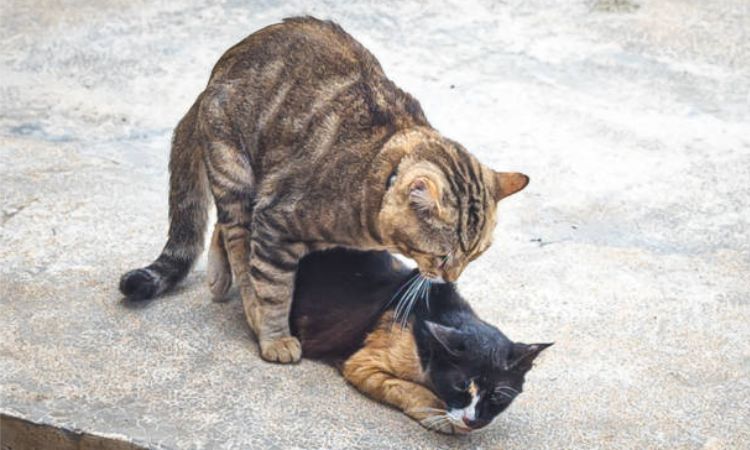
Health and Welfare Advice
Spaying female cats early—ideally before their first heat at around four to six months of age—is strongly recommended to prevent accidental pregnancies and support long-term health. Early spaying helps reduce the risk of reproductive health issues, such as uterine infections, mammary tumors, and complications from frequent or early pregnancies.
Pregnancy at a very young age can be particularly risky for both the queen and her kittens. Young cats may not be physically mature enough to carry a litter safely, which can lead to complications during gestation and birth, lower birth weights, and higher kitten mortality. Providing timely veterinary care, a nutritious diet, and a safe environment is essential if a young cat does become pregnant.
Conclude
To summarize, the short answer is yes. Since cats are induced ovulators, the very act of mating stimulates the release of eggs, making it highly probable for a single mating session to result in pregnancy. This unique biological trait, combined with their frequent heat cycles, is why unspayed female cats are such prolific breeders. Ultimately, this highlights the importance of spaying to prevent unwanted litters and to contribute to the well-being of the feline population.



